The Trump campaign of 2016 will doubtlessly go down as one of the most dramatic and sensational in history, especially considering Trump’s tendency to spark national controversy on Twitter. Although the president-elect’s style of social media usage is of a kind highly unusual in the political sphere, the rising importance of digital media in presidential campaigns cannot be solely attributed to one candidate.
The use of social media as a major campaign strategy was first pioneered by President Barack Obama in the 2008 election and was repeated successfully in 2012. His strategy encompassed a range of elements, including Facebook, online fundraising, and a YouTube channel, paired with more traditional forms of outreach via phone and direct mail. The millennial generation (those born between 1981 and 1998) has been a driving force behind the rise of social media and is attributed with tipping the scales in President Obama’s favor both election cycles.
Given that social media has become an integral component of the political process during a time of dramatic polarization, there is a concern that the digital world has become a means to filter out opposing opinions from one’s personal online universe – creating an “echo chamber.” Data from the Pew Research Center reveal that the echo chamber is not necessarily born of a refusal to consider opposing viewpoints, but has developed out of the negative political climate and of the desire to avoid confrontation.
Diversity of opinion on social media
Social media is widely marketed as an interconnected environment that enables content sharing, collaboration, and shared dialogue. This would seemingly appeal to anyone with an inclination for political debate, which requires careful consideration of a variety of viewpoints, evidence, and opinions. However, social media does not currently live up its this potential to contribute to healthy democratic debate.
Upon examination of Americans’ social media habits, the data reveal that about a third of users do not perceive much diversity of opinion in their news feeds, though many seem to recognize the value of exposure to diverse views. The Pew Research Center’s State of the Media 2016 study shows that 31 percent of social media users perceive the news posted by their friends or family to present diverse opinions, while 35 percent say posts from friends or family present just one set of viewpoints. Of this subset, 69 percent say they would like to see more diverse viewpoints in their online social circle, while 30 percent are okay with one-sidedness.
The fact that users indicate they would like to see more diversity of opinion, however, does not guarantee that they enjoy the intensity of online debates. Of social media users who have encountered online political discussions this election cycle, the majority believe that these conversations are less respectful (53 percent) and less likely to come to a resolution (51 percent) than they would be if held offline. Of those who network with users with opposing political views, 59 percent say that their “social media interactions… are stressful and frustrating,” and 64 percent say these encounters “leave them feeling as if they have less in common than they thought.”
Political engagement on social media
The social networking site most commonly used in 2016 is Facebook, which also has more potential to facilitate substantive debate than most other forms of social media. Facebook users are able to post news content, as on other platforms, but they can also include longer captions and have deeper political conversations through comment sections than is possible on other sites. Yet simply because this kind of in-depth discussion is possible does not mean users engage in it.
In the current climate of negativity, many social media users choose to avoid confrontation with those with whom they disagree, which begins with ignoring material they find offensive. Pew reports that 83 percent of users simply ignore content they find controversial. When that fails, 31 percent of users tailor their feeds to see less of that content, and 27 percent may block or unfriend the source.
Surprisingly, Pew’s data reveal that the majority of young users are no more likely than older age groups to engage in collaborative political behavior online. Those aged between 30 and 64 are among the most likely to share or repost news stories on social media, while those between 50 and 64 years old are the most likely to comment on news stories on social media.

 Source: Pew Research Center, The Modern News Consumer 2016
Source: Pew Research Center, The Modern News Consumer 2016
Given this set of data, the echo chamber appears to function differently for each age group: Younger Americans generally show low voter turnout and are less likely to participate in political discussions online, while older generations turn out at much higher rates and use social media in a more substantive manner. Millennials are also less likely to trust national media and follow news all or most of the time.
An uncertain future
Although the Obama campaigns demonstrated that digital movements have become an integral part of voter outreach in the 21st century, it is difficult to assess exactly how social media may have tipped the scales in 2016. On the one hand, millennials dominate the social media landscape and tend to lean Democratic–a trend that held up in 2016, though the Republican share of young voters did increase slightly. On the other hand, Trump had 2.8 million more Twitter followers and roughly 4 million more likes on Facebook than Hillary Clinton just before the election. In the end, President-elect Trump’s message of change was what stuck with voters.
Facebook is a donor to the Brookings Institution. The findings, interpretations, and conclusions posted in this piece are solely those of the authors and not influenced by any donation.
Kirsten Worden contributed to this post.
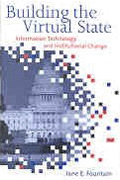
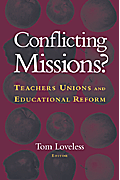
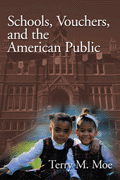
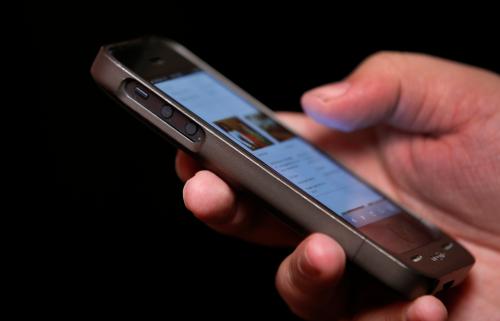
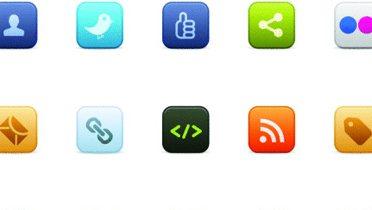
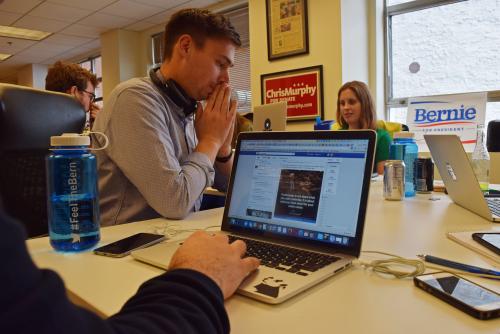
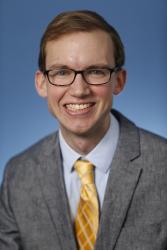

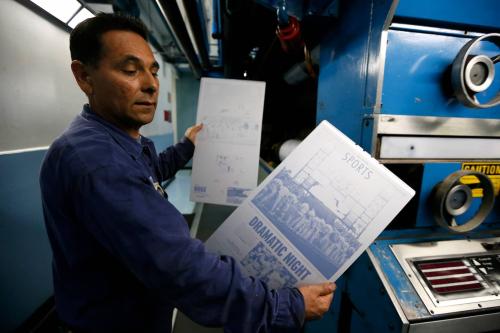

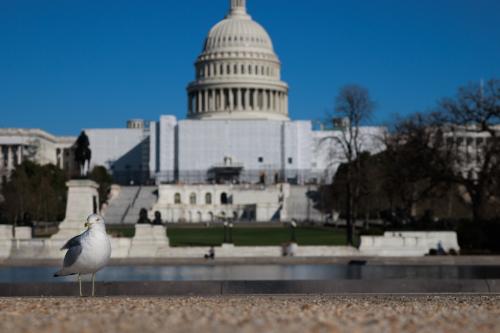
Commentary
Inside the social media echo chamber
December 9, 2016